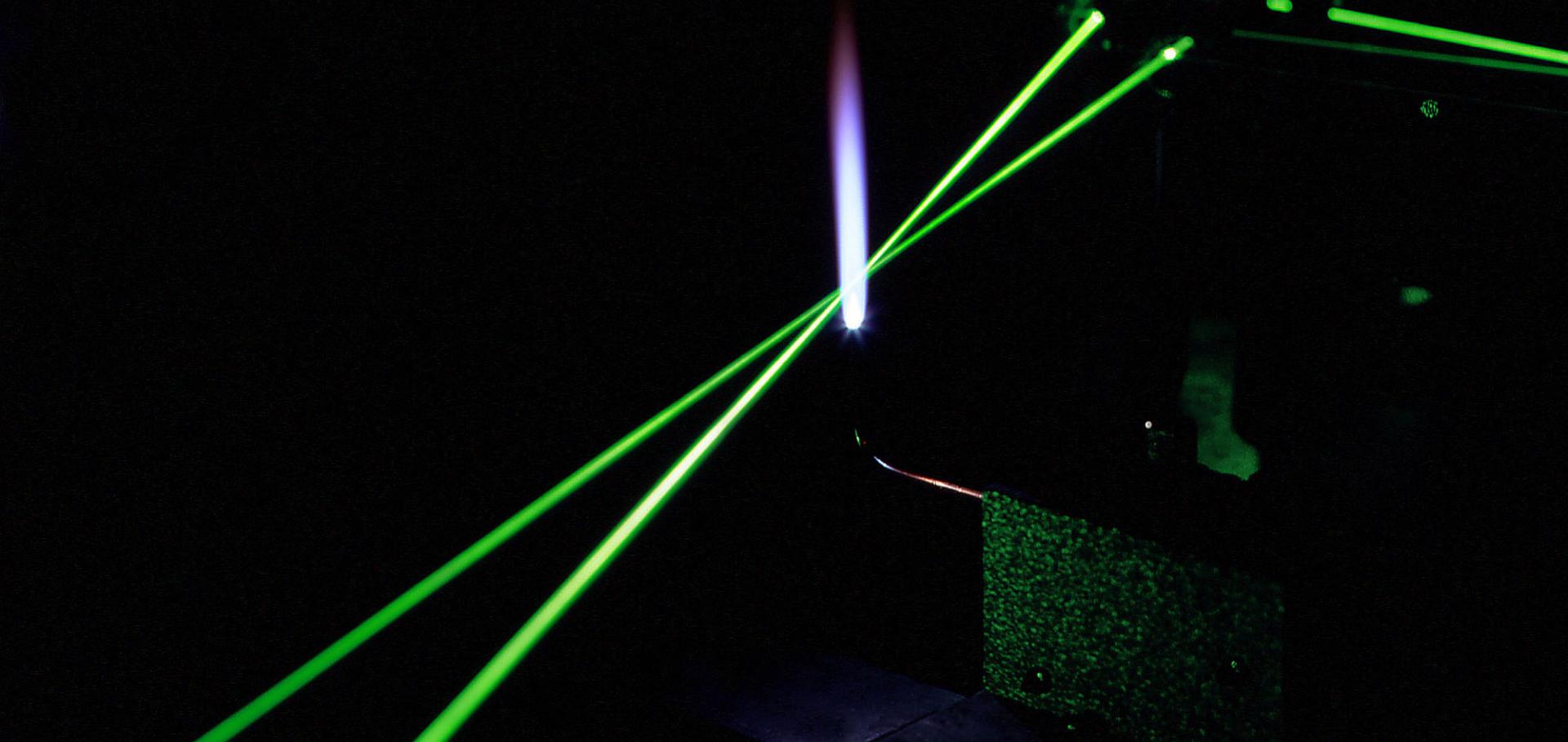Cavity ring-down measurements in flames using a single-mode tunable laser system
APPLIED PHYSICS B-LASERS AND OPTICS 77:1 (2003) 101-108
Detection of NO in a spark-ignition research engine using degenerate four-wave mixing
APPLIED PHYSICS B-LASERS AND OPTICS 74:1 (2002) 105-110
Optical dephasing effects in broadband four-wave mixing in C-2: Implications for broadband FWM thermometry
Journal of Chemical Physics 116 (2002) 1370-1379
Spark ignited hydrogen/air mixtures: Two dimensional detailed modeling and laser based diagnostics
COMBUSTION AND FLAME 128:1-2 (2002) 74-87
Double-pulse PLIF imaging of self-ignition centers in an SI engine
SAE Technical Papers (2001)


